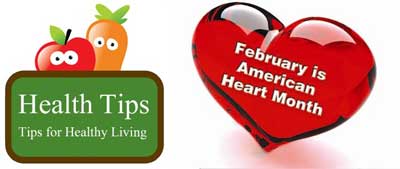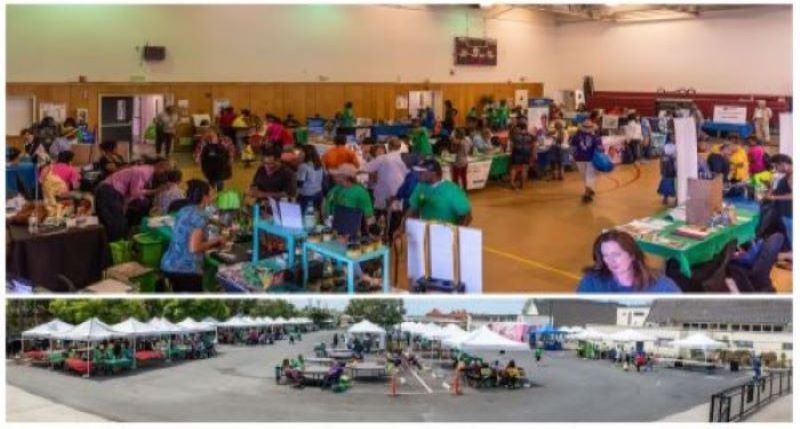2015 - February is Heart Disease Month

FEBRUARY IS HEALTHY HEART MONTH
Heart disease kills an estimated 630,000 Americans each year. It's the leading cause of death for both men and women. In the United States, the most common type of heart disease is coronary artery disease (CAD), which can lead to a heart attack. You can greatly reduce your risk for CAD through lifestyle changes and, in some cases, medication. Since 1963, February has been celebrated as American Heart Month to urge Americans to join the battle against heart disease. Since 2004, February also has been the signature month for the American Heart Association's Go Red For Women campaign and the message that heart disease is not only a man's problem. Managing your diet, keeping fit, and watching your blood pressure are just a few important factors.
You can make healthy changes to lower your risk of developing heart disease. Controlling and preventing risk factors is also important for people who already have heart disease. To lower your risk:
• Watch your weight.
• Quit smoking and stay away from secondhand smoke.
• Control your cholesterol and blood pressure.
• If you drink alcohol, drink only in moderation.
• Get active and eat healthy.
For more information, click here to visit HealthFinder.gov
(the link is http://healthfinder.gov/HealthTopics/Category/health-conditions-and-diseases/heart-health/keep-your-heart-healthy which takes the reader directly to the Heart Health page)


